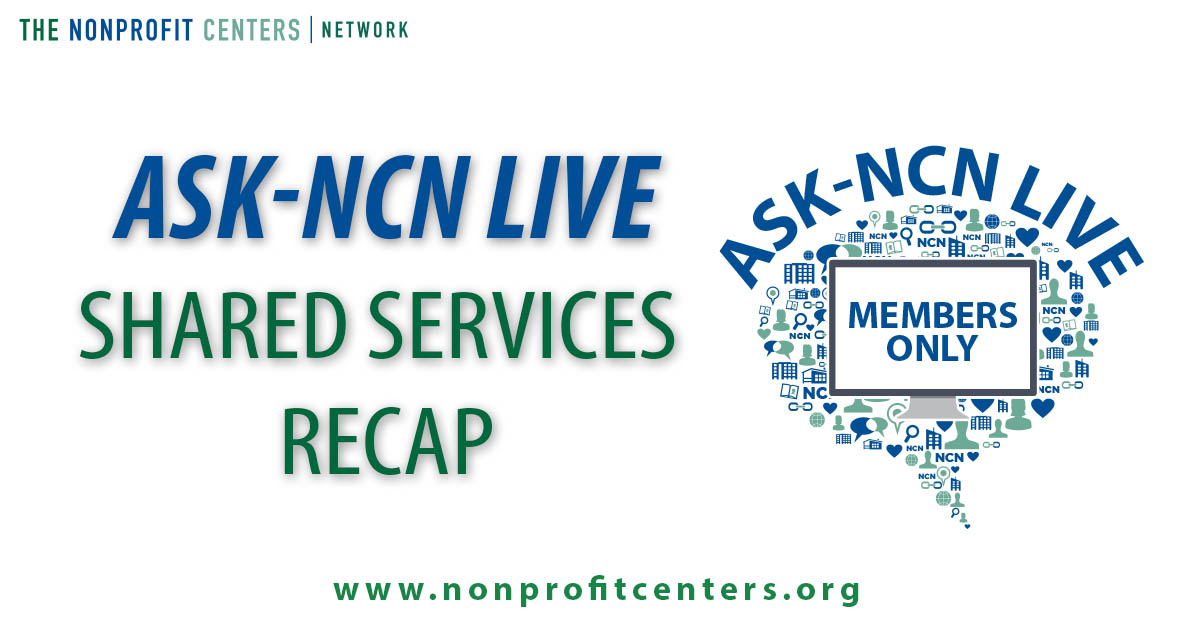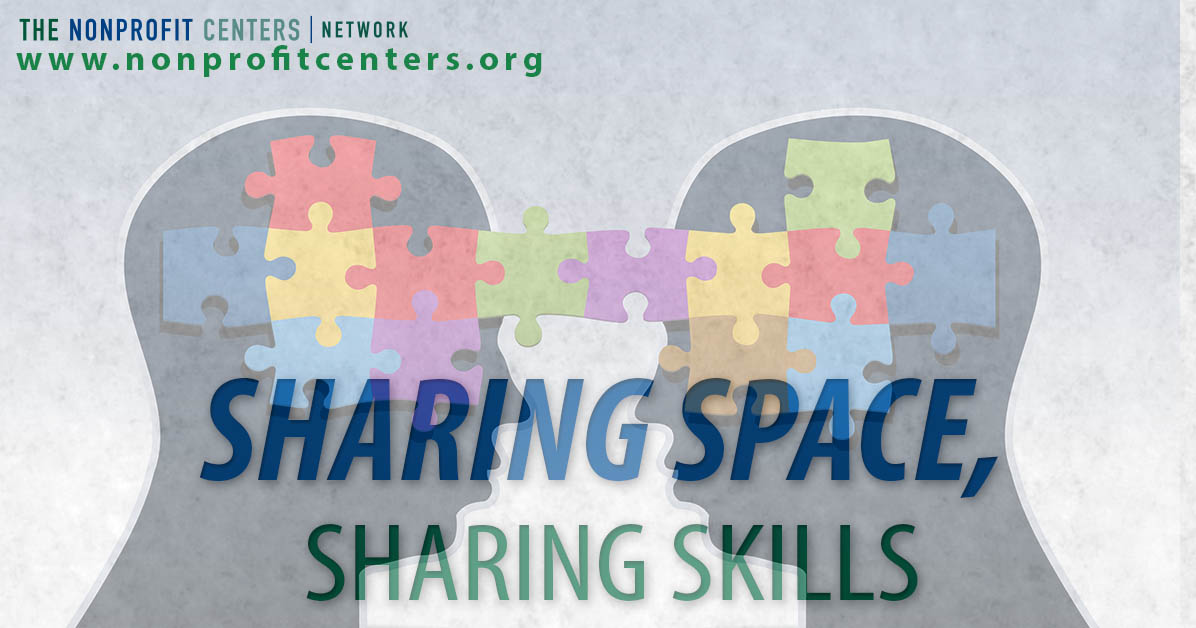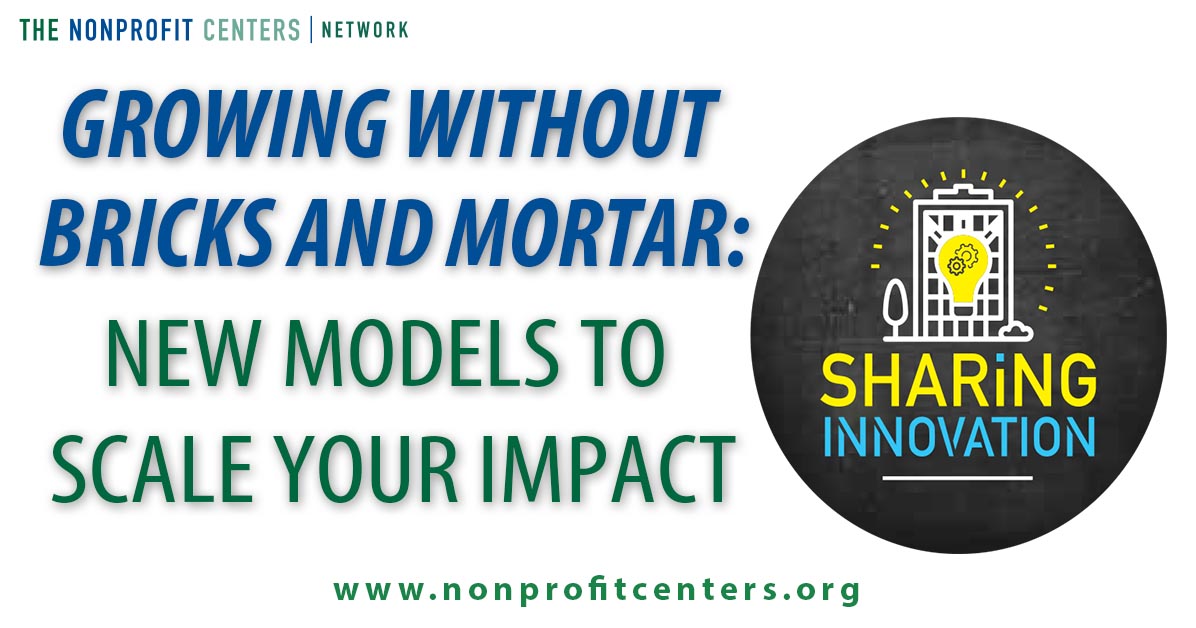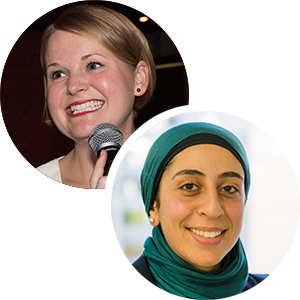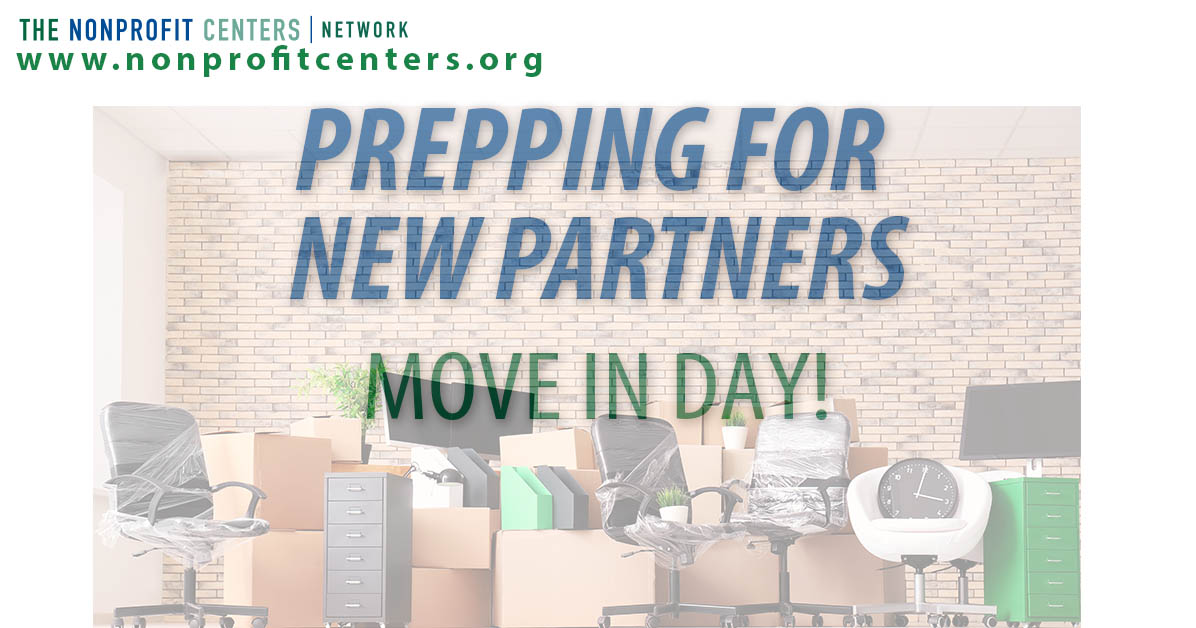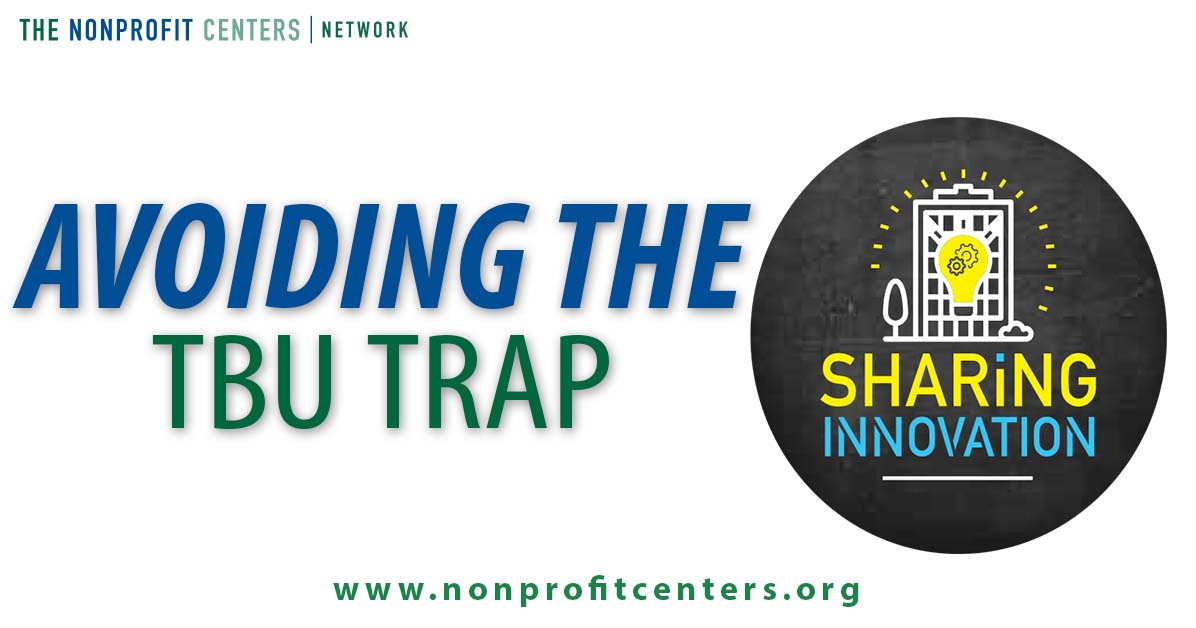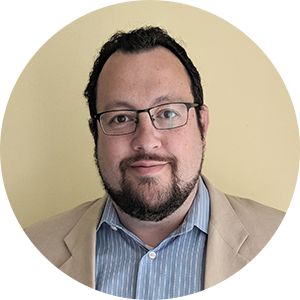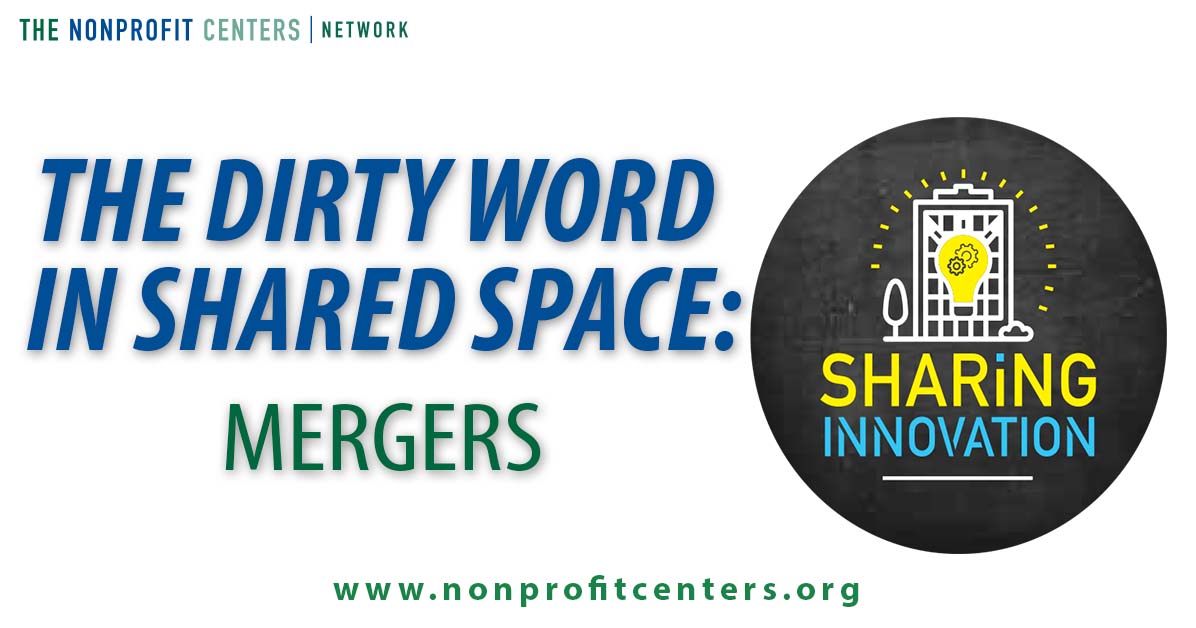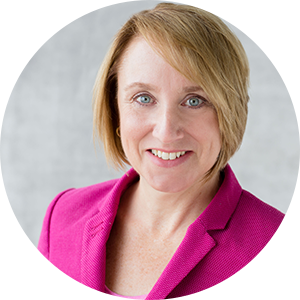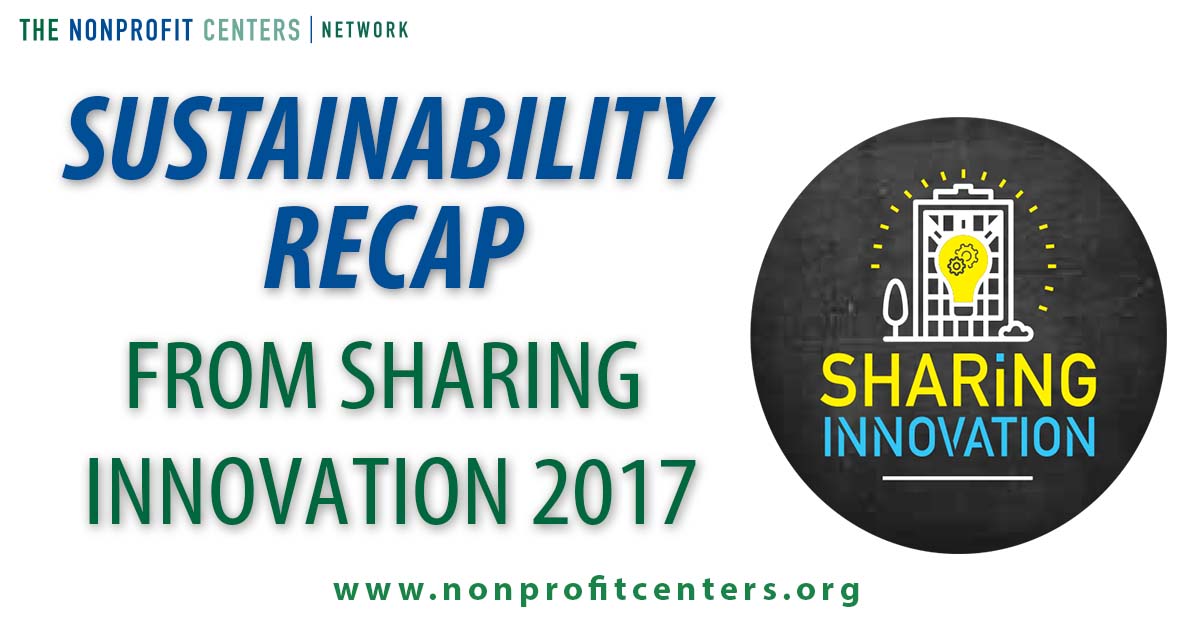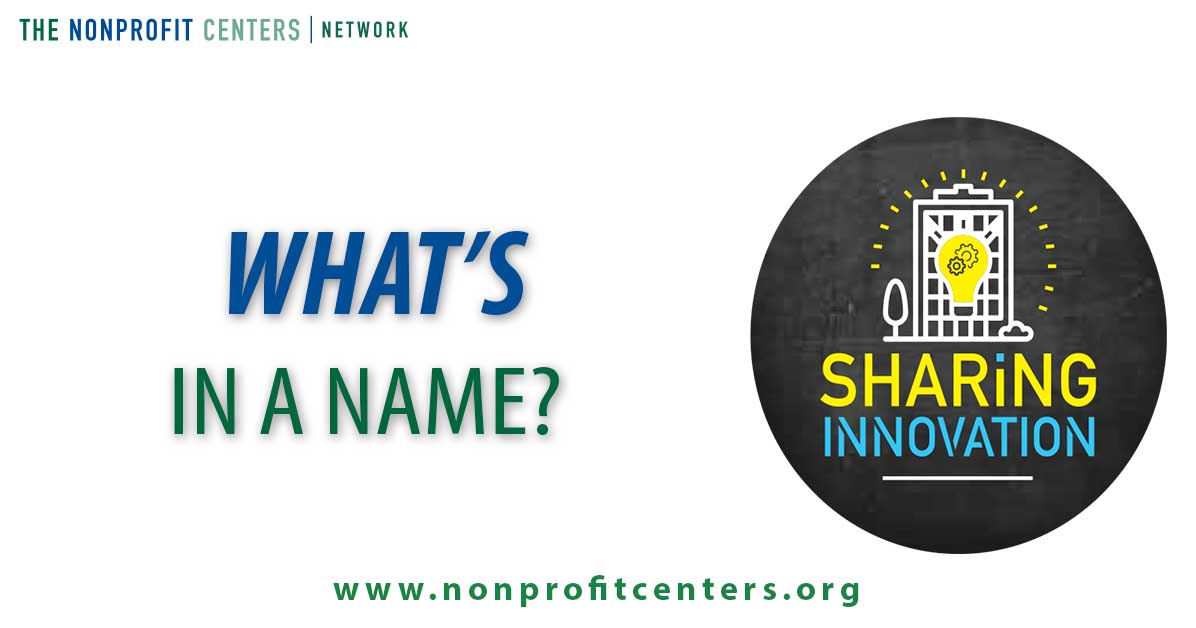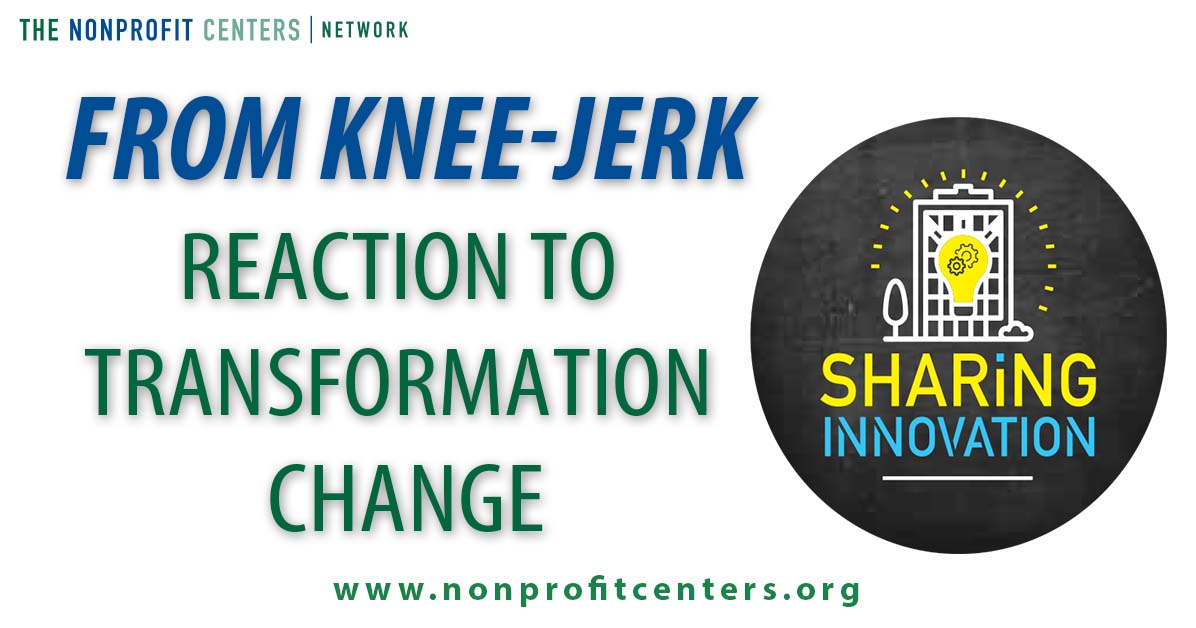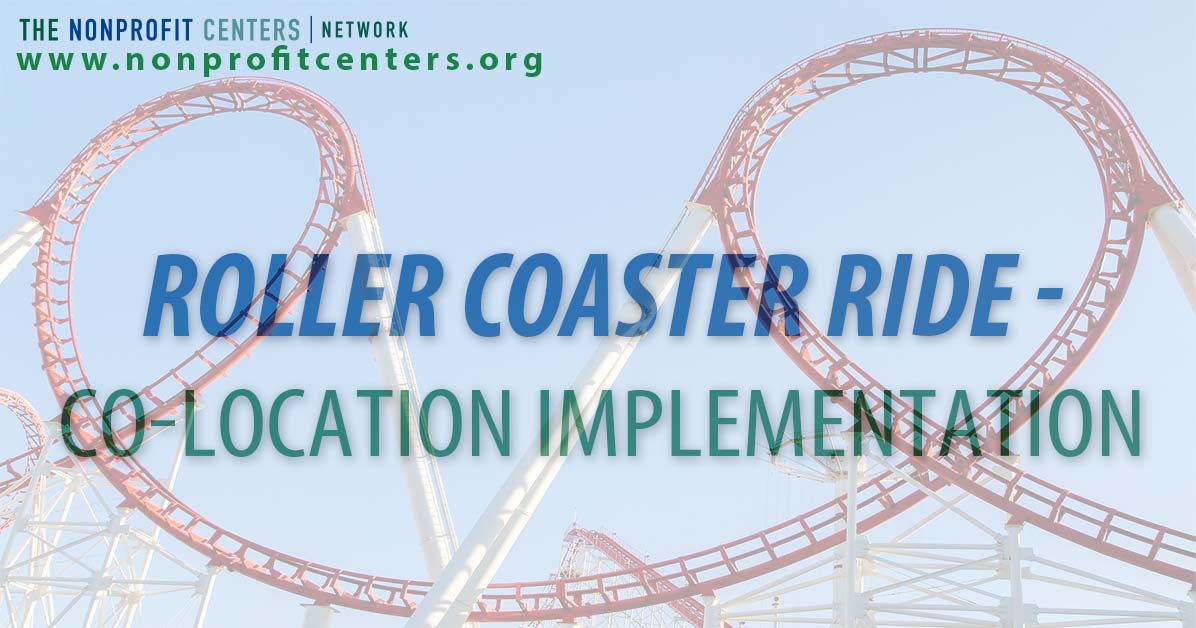We are on a journey of remarkable change and transformation in the community of Abbotsford, a municipality of 150,000 people 70 km east of Vancouver, Canada. Our story starts sadly with a reactive response to homelessness in 2013 but then shifts to a positive response of unity, hope and inspiration. Impacts nonetheless are still being felt by residents, businesses, service providers, and vulnerable individuals. Realistically, this story is about incremental change within a broader long-term transformative agenda: taking the time to listen to the voices and frustrations of those who are realizing the day-to-day impacts, and then creating space for multiple perspectives to generate co-created solutions. This is the real work, the messy work, and the shared realization of cultural transformation through applied systems work on a day-today basis.
The community is now on a far more collaborative pathway to a better future for people experiencing homelessness. The community has rallied around shared strategies that reflect the systemic nature of these sorts of community challenges. Organizations across all sectors are working together on actions they share and toward common outcomes they identified. The coordinated efforts of many people and organizations toward these shared outcomes are starting to make a difference in responding to those experiencing homelessness and those at risk of becoming homeless. Teams are devising new approaches, documenting their experiences, and learning together. New relationships are being forged and trust is building despite moments of tension, ambiguity, and uncertainty. While there are early signs of improvement, there is also a growing appreciation for the need to take the long view, to remain committed, stay the course, while always learning and adjusting. This is the evolving nature of our collective impact work.





